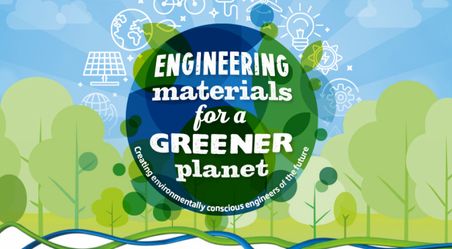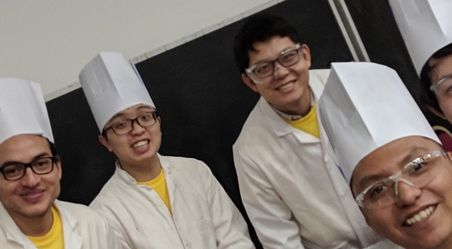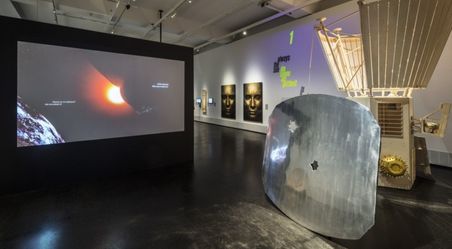Teaching
Dr. Hoye teaches undergraduate courses in the Department of Materials on electronic materials, their applications in devices, and their processing as thin films. These courses are part of the BEng, MEng and MSc curricula.
Year 2: Performance of functional materials
This course covers corrosion & degradation, degradeable polymers, semiconductor devices and battery materials. Dr. Hoye teaches the semiconductor devices component. This component was previously part of MSE205 (or MATE95005) - Electronic Properties of Materials in the previous curriculum. The semiconductor device section covers:
- The key properties of semiconducting materials (including bandgap and Fermi level)
- Fundamental semiconductor devices
- Very large scale integration technology
- Optoelectronic devices
- Solar cells
Year 4: Advanced thin film manufacturing (MATE90014/90015; formerly MSE 410)
This course covers the practicalities of thin film manufacturing using physical and chemical-based methods. Dr. Hoye teaches the component on chemical-based methods, which includes chemical vapour deposition, atomic layer deposition and solution-based processing methods. Emphasis is placed on training students to become competent users of these techniques in the lab and in industry.
Outreach

STEM events
We are actively engaged with STEM events to encourage more students to pursue a career in engineering.
We worked with the Education team at the Royal Academy of Engineering to develop a resource box that was distributed to 900 schools across the UK. This box focussed on engineering materials for sustainability. A video of the activities in the resource box can be found here.
Dr. Hoye also appeared as a guest judge in the final of Shell's The Bright Ideas Challenge. This encouraged students aged 11-14 to design their vision of cities in 2050.

Science Festivals
We have promoted materials science at science festivals, notably at the Cambridge Science Festival. Our events included:
- A talk and demonstration on the science of ice cream. This introduced the idea of nucleation and growth in a fun and edible way
- A workshop on 3D printing, and how it could be used to build houses and skyscrapers with less wastage. Chocolate was used as the building material and students built their own hand-driven 3D printer

Exhibitions at museums
Our work on non-toxic, next-generation solar cells featured in the Deutsches Hygiene-Museum in Dresden, Germany. There, samples of our bismuth oxyiodide solar cells were on display to the public. This was part of the museum's exhibit called "Shine on me", on the interaction between humans and the sun